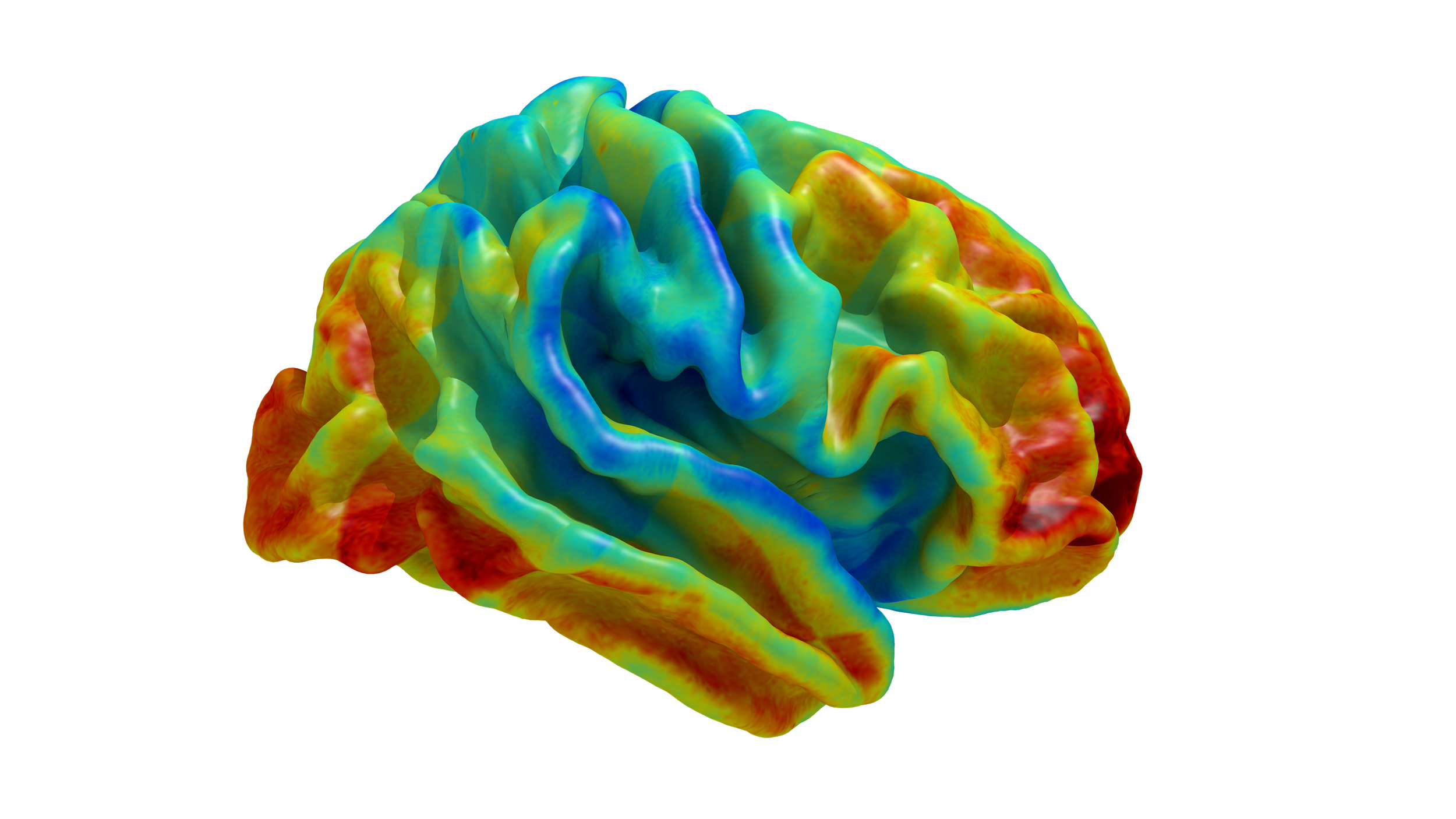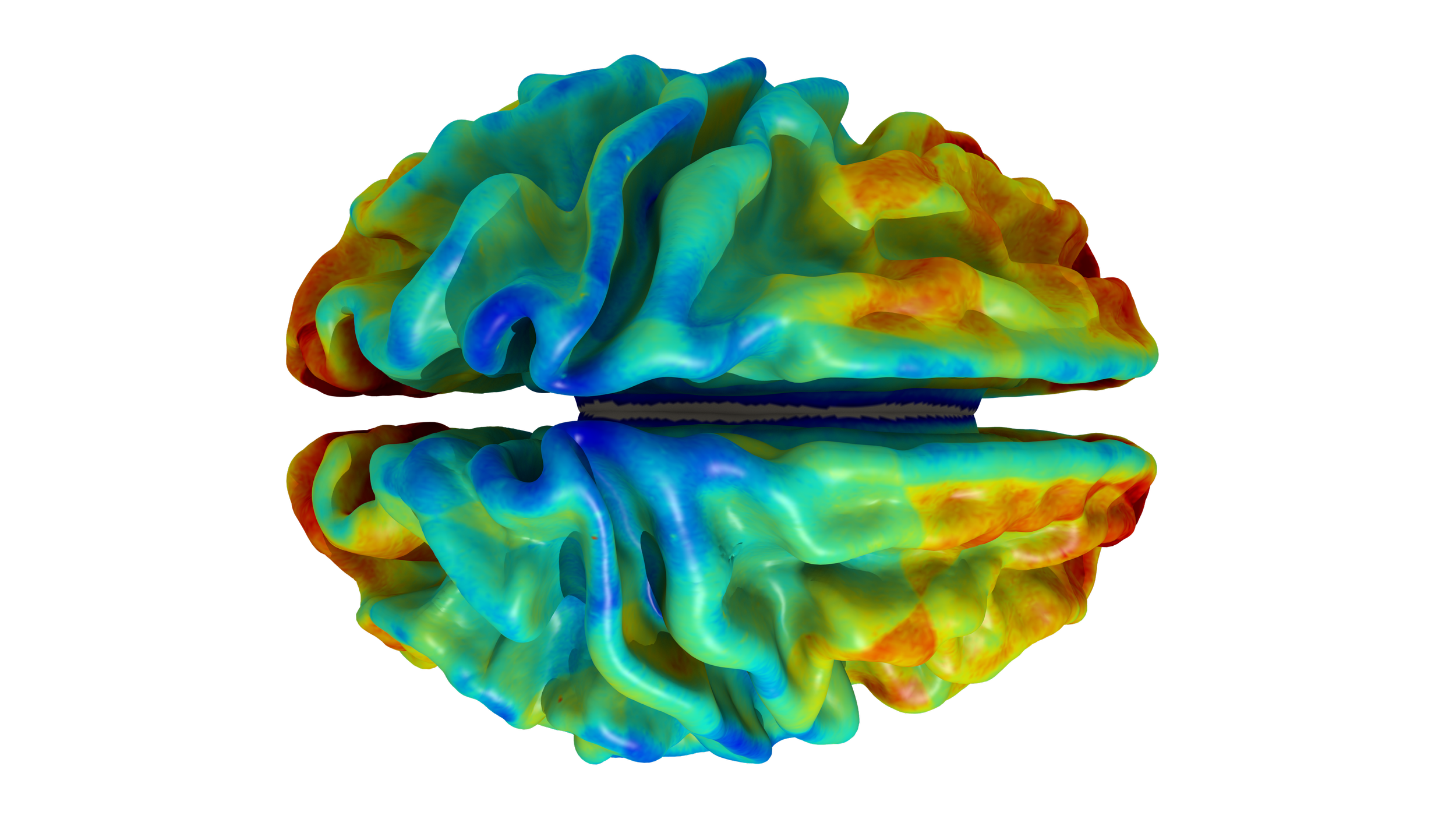
The STRATIFY Project
is a European research project part of the multicentric longitudinal IMAGEN project in order to identify commonalities on biological, behavioral and cognitive levels across reward-related disorders. This project including brain imaging and genetics shall aid in developing a neurobiological model for the classification of psychopathologies to develop improved interventions for mental health disorders.
This project has been funded by the European Commission, The STRATIFY project spans 3 sites across the UK and Germany.

The lifetime prevalence of developing a mental disorder is more than 25% among the general population (WHO report 2001), whereas many of those are often linked to each other. Merely in Europe the annual costs for mental health disorders in 2010 was about 523 billion Euros. Amongst the variety of disorders, those with the greatest burdens are depressive disorders, substance abuse disorders, and schizophrenia with most having their highest incidence in the 20s and 30s.
STRATIFY, seeks to alleviate the burden of mental disorders through the identification of widely applicable disease markers rooted in neural processes, predicting psychopathology and enabling targeted interventions. By generating a neurobehavioral framework, STRATIFY aims to stratify psychopathology based on the characterization of links between network properties of brain function and structure and reinforcement-related behaviors – fundamental components of prevalent mental disorders.

1. Identification of Brain-Based Behavioral Symptom Groups:
- Grouping clinical symptoms based on underlying quantitative neurobiological measures, laying the foundation for precision psychiatry.
- Utilized innovative methods, including multiple sparse canonical correlation analysis (msCCA), to correlate three neuroimaging modalities with individual ICD10 symptoms of psychiatric disorders (Ing et al. 2019).
- Refined the msCCA method to integrate seven modalities, providing a more detailed and comprehensive biological characterization of neurobehavioral symptom groups (Lett et al. in prep).
2. Linking Macroenvironment with Brain and Behavior:
- Developed remote sensing satellite measures and identified environmental profiles related to urbanicity.
- Investigated the correlation between macroenvironmental factors (urbanicity, pollution, social inequality) and brain/behavioral symptoms.
- Established the impact of macroenvironmental challenges on mental illness, providing a critical basis for global comparisons.
3. Advancements in Neuroimaging Analysis:
- Created novel methodologies to enhance the sensitivity of neuroimaging analysis, including predicting 7T neuroimaging using 3T data.
- Developed methods for measuring time-varying functional brain networks in task-based MRI, demonstrating increased sensitivity.
Our findings collectively contribute to the overarching goal of identifying neurobehavioral markers and advancing precision psychiatry. In the initial phases, we identified neurobehavioral symptom groups based on shared brain mechanisms and shared genetics pathways. A transdiagnostic approach shed light on shared etiologies, emphasizing the importance of understanding common neural bases. The methodology was further refined for multi-modal integrated analysis. This approach challenges traditional diagnostic boundaries and opens new avenues for more holistic and personalized treatment strategies. In response to the unique challenges posed by the COVID-19 pandemic, the project investigated its impact on youth mental health. The findings deepens our understanding of mental health responses to external stressors.
Photos: Tristram Lett (Github.com/trislett)
